Delicious Cruffins: The Ultimate Croissant-Muffin Hybrid Recipe
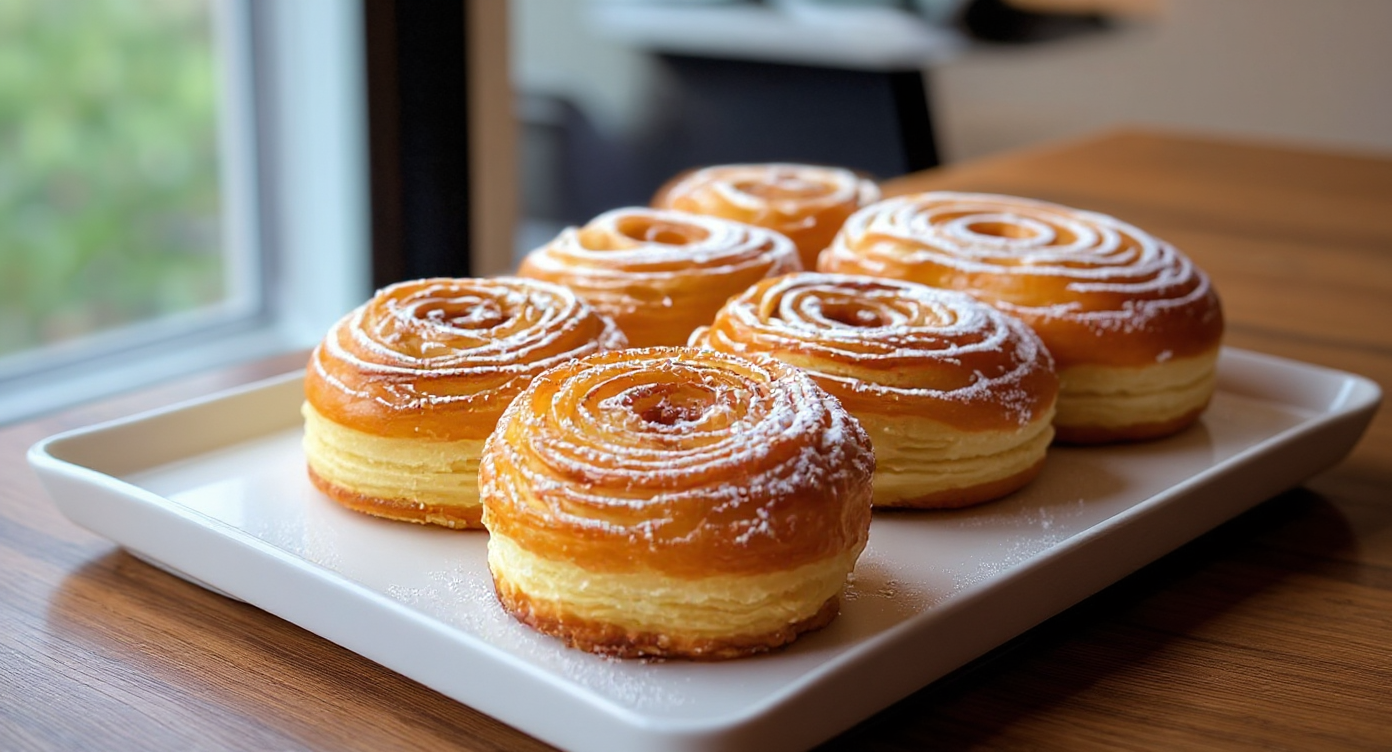
Have you ever been caught in a delightful dilemma, unable to decide between the flaky, buttery layers of a croissant and the comforting shape of a muffin? We’re here to tell you that a choice is no longer necessary. Picture a tall, cylindrical bake with a crisp, golden shell that cracks open to reveal a soft, airy, and layered interior, all brimming with a rich buttery flavour. This isn’t just a daydream. Allow us to welcome you to the wonderful world of the cruffin and show you, step-by-step, how to create these spectacular treats at home.
What Exactly is a Cruffin? The Ultimate Pastry Mash-Up
A cruffin is a truly brilliant hybrid pastry, a wonderful piece of baking creativity. It merges the intricate, laminated dough of a croissant with the distinctive shape and baking style of a muffin. The outcome is a pastry that stands tall, showcasing countless spiralling layers. When baked, the outside becomes golden and crunchy, whilst the inside stays wonderfully soft, chewy, and exceptionally flaky.
Originally created in Melbourne, Australia, and made famous by Mr. Holmes Bakehouse in San Francisco, the cruffin swiftly took the world by storm. It differs from a standard muffin, which uses a simple batter; a cruffin is made from a yeasted dough meticulously laminated with butter. This lamination process, which involves repeatedly folding butter into the dough, is what creates the famous layers and air pockets. This makes it a genuine croissant muffin hybrid, delivering a taste and texture experience like no other.
Why You’ll Love This Homemade Cruffin Recipe
We know that undertaking a baking project like this might seem a little intimidating, but we can assure you that the results are immensely satisfying. Here’s why we’re certain you’ll adore making your own delicious cruffins:
- A Sensational Textural Experience: The contrast between the crunchy, caramelised outer layers and the soft, buttery centre is simply heavenly.
- A Truly Impressive Bake: These pastries are visually stunning. Whether you’re hosting brunch or sharing treats with friends, cruffins are sure to amaze.
- Endlessly Versatile: Delicious as they are, cruffins provide a brilliant canvas for your culinary imagination. Fill them with jams, creams, or curds, and finish with glazes or sugars.
- A Satisfying Baking Skill: Getting to grips with laminated dough is a skill that unlocks a new world of patisserie. This recipe offers a fantastic and approachable way to master the technique.
Essential Tools and Equipment for Making Cruffins
Before we get started on the recipe itself, let’s make sure we have our equipment ready. Having the correct tools to hand will make the entire process feel much more straightforward. You won’t need a professional kitchen, just a few essential items:
- Stand Mixer: A stand mixer fitted with a dough hook will make kneading the dough much easier, though it’s certainly possible to do it by hand.
- Rolling Pin: A solid, weighty rolling pin is essential for lamination. A French-style tapered pin or a traditional baker’s pin will both serve you well.
- Muffin Tin: A standard 12-hole muffin tin is used to give the cruffins their characteristic shape.
- Kitchen Scales: Precision is crucial in pastry making. We highly recommend using digital kitchen scales to measure ingredients by weight for the best results.
- Bench Scraper: This tool is exceptionally helpful for managing the dough and keeping your worktop clean.
- Ruler or Tape Measure: This helps to ensure you roll the dough to the right dimensions for beautifully even layers.
- Pastry Brush: You’ll need this for brushing on the egg wash just before baking.
Ingredients for Our Homemade Cruffin Recipe
Our recipe is divided into two key parts: the dough itself (known as the détrempe) and the butter block (the beurrage). Using high-quality ingredients, particularly the butter, will have a significant impact on the final flavour and texture of your cruffins.
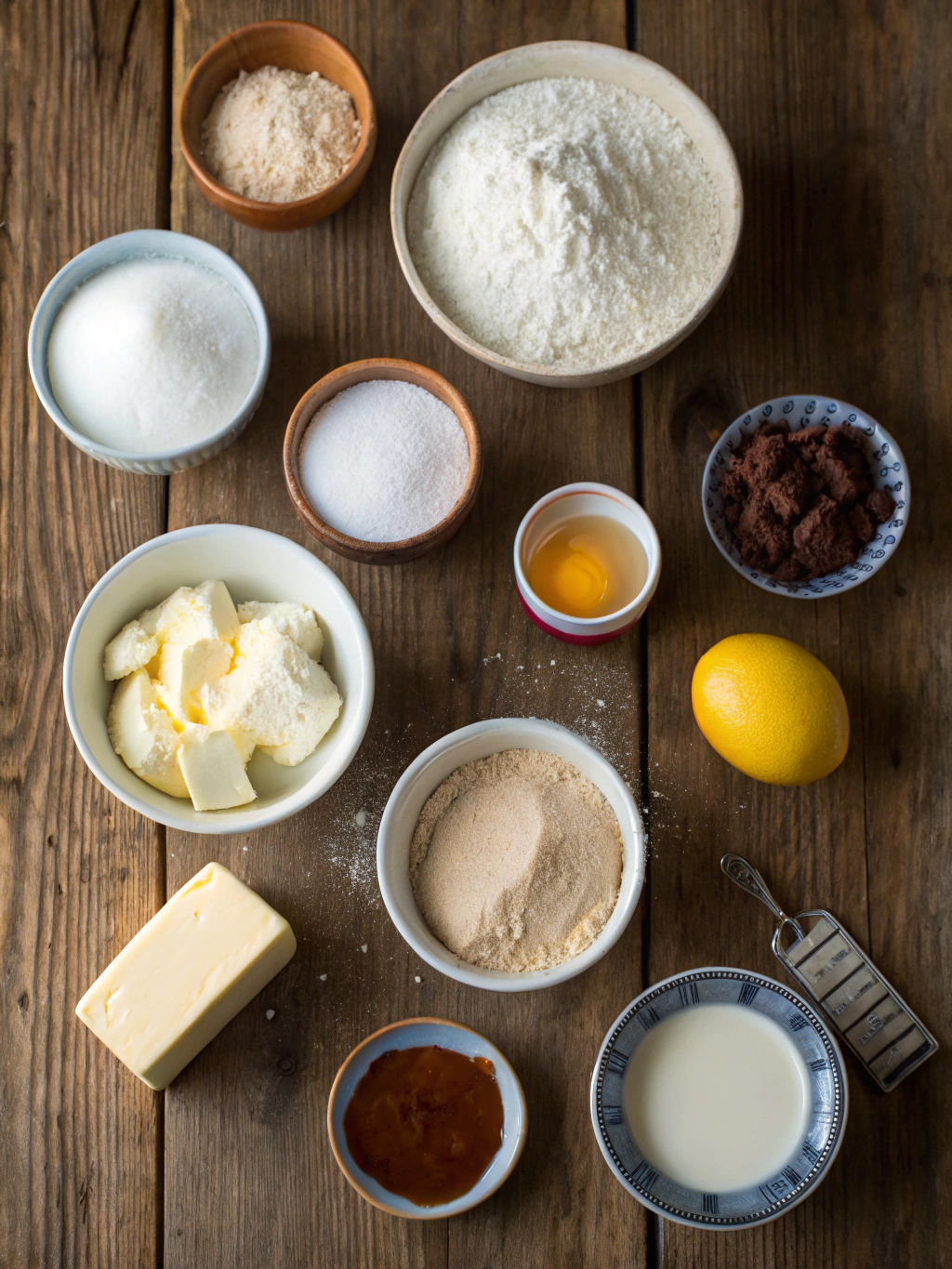
For the Cruffin Dough (Détrempe):
- 500g strong white bread flour, plus extra for dusting
- 10g fine sea salt
- 55g caster sugar
- 10g instant yeast
- 140ml lukewarm whole milk
- 140ml lukewarm water
- 55g unsalted butter, softened
For the Butter Block (Beurrage):
- 280g high-quality unsalted butter (at least 82% fat content), chilled
For Finishing:
- 1 large egg, beaten with a splash of milk (for egg wash)
- Caster sugar or cinnamon sugar, for coating (optional)
- Your choice of fillings (e.g., lemon curd, Nutella, pastry cream)
Step-by-Step Guide: How to Make Cruffins from Scratch
Here, patience is truly your most valuable ingredient. We’ve broken this brilliant pastry recipe down into clear, manageable steps. It’s crucial not to rush the chilling stages—they are absolutely vital for achieving those gorgeous, separate layers.
Step 1: Making the Cruffin Dough
In your stand mixer’s bowl, mix the flour, salt, sugar, and instant yeast. Give them a quick stir to combine. Fit the dough hook and, on a low speed, slowly add the lukewarm milk and water. Mix until you have a rough, shaggy dough. Add the 55g of softened butter and knead on a medium-low speed for about 8-10 minutes. The dough is ready when it is smooth, elastic, and comes away cleanly from the sides of the bowl. If you’re kneading by hand, do so on a lightly floured work surface for 10-15 minutes. Form the dough into a ball, pop it in a lightly oiled bowl, cover, and let it chill in the fridge for at least an hour, or even overnight.
Step 2: Preparing the Butter Block (Lamination)
As the dough chills, you can prepare the butter block. Put the chilled 280g of butter between two large pieces of baking parchment. Use a rolling pin to first bash the butter flat and then roll it into a rough square. Fold the parchment paper over the butter to form a precise 18cm x 18cm (about 7×7 inch) square parcel. Roll the butter within the parchment until it perfectly fills the square. Return the butter block to the fridge to chill for at least 30 minutes, ensuring it’s firm but not rock solid.
Step 3: The Lamination Process – Creating Those Flaky Layers
This is the stage where the magic unfolds! For a fantastic explanation of the science behind lamination, King Arthur Baking offers an excellent guide.
- On a lightly floured surface, take your chilled dough and roll it into a rectangle of about 38cm x 19cm (around 15×7.5 inches), which is roughly double the size of your butter block.
- Lay the chilled butter block over one half of the dough. Fold the other half of the dough over the butter, pinching the seams to seal it in completely.
- Rotate the dough parcel by 90 degrees. Carefully roll it out into a long rectangle, about 60cm (24 inches) in length. Use firm but gentle pressure to prevent the dough from tearing.
- Perform the first ‘book fold’: bring both short ends of the rectangle to meet at the centre, then fold one side over the other, as if closing a book.
- Wrap the dough parcel in cling film and chill it in the fridge for 30-45 minutes.
- Repeat the sequence: unwrap the dough, rotate it 90 degrees, roll it out into a long rectangle once more, do another book fold, then wrap and chill for a final 30-45 minutes. Your lamination is now complete.
Step 4: Shaping the Cruffins
Thoroughly grease your muffin tin with butter. On a lightly floured worktop, roll out the fully chilled dough into a long, slender rectangle measuring approximately 20cm wide by 1 metre long (8 inches x 40 inches). Trim the edges for a neat finish. Slice the rectangle lengthways into three long strips. Carefully roll each strip up into a tight spiral, similar to a cinnamon roll. Place each coiled cruffin into a greased cup of the muffin tin.
Step 5: Proofing and Baking to Perfection
Loosely cover the muffin tin with oiled cling film and allow the cruffins to proof in a warm spot for 1.5-2 hours. They are ready when they have risen past the rim of the tin and look puffy. As they near the end of their proofing time, preheat your oven to 200°C (180°C Fan / Gas Mark 6). Lightly brush the tops of the cruffins with the prepared egg wash. Bake for 20-25 minutes until they are a deep golden-brown and have risen magnificently. Let them cool in the tin for five minutes before moving them to a wire rack. If you like, you can roll them in caster sugar or cinnamon sugar while they are still warm.
Creative Filling and Topping Ideas
After your cruffins have been baked and have had a chance to cool, the creative part begins! You can either enjoy them plain to fully appreciate the buttery layers, or you can fill them. Simply use a piping bag with a long nozzle to inject your preferred filling into the centre from the top.
- Classic Custard: A rich vanilla pastry cream makes for a timeless filling.
- Zesty Lemon Curd: The sharpness of lemon curd provides a beautiful contrast to the rich pastry.
- Chocolate Hazelnut Spread: A choice that’s bound to be a hit with everyone.
- Berry Jam: Strawberry or raspberry jam introduces a lovely, fruity sweetness.
- Dulce de Leche: For an exceptionally decadent treat, try a creamy caramel filling.
If you enjoy light and fluffy textures, you might also love our Cloud Cake Recipe, another dessert that’s sure to impress.
Frequently Asked Questions (FAQ) about Making Cruffins
Can I make cruffins without a stand mixer?
Of course! Kneading by hand is perfectly fine and a great bit of exercise. It will require a little more time, perhaps 10-15 minutes, but the goal is the same: a smooth, elastic dough that passes the ‘windowpane test’ (where you can stretch a small piece of dough so thin that you can see light through it before it tears).
What’s the difference between a cruffin and a croissant?
The primary differences lie in their shape and how they are baked. Both are made using the same laminated dough. However, croissants are formed into their iconic crescent shape and baked on a flat tray. Cruffins, on the other hand, are rolled up, placed into a muffin tin, and baked vertically, which results in a very different texture and look.
How long do cruffins stay fresh?
Much like croissants, cruffins are at their absolute best on the day of baking. The delicate, flaky layers will begin to soften with time. Should you have any left over, keep them in an airtight container at room temperature for up to two days. You can revive them in a warm oven for a few minutes to restore some of their initial crispness.
Can I freeze cruffin dough?
Yes, you can! The best way is to freeze the shaped, unproofed cruffins. Arrange them in the muffin tin and place in the freezer until they are solid. Afterwards, you can transfer them into a freezer-safe bag. When you want to bake them, put them back into the muffin tin, cover, and let them proof at room temperature until ready. This may take several hours. You could also bake from frozen, but they might not rise quite as impressively.
Why are my cruffins not flaky?
A lack of flakiness is almost always related to an issue during lamination. The most frequent reason is that the butter became too soft and blended into the dough, rather than remaining in separate, distinct layers. Make sure your dough and butter block are sufficiently chilled at every stage. Additionally, take care not to tear the dough as you roll it, as this can let the butter seep out.
For another rewarding baking project that’s a bit simpler, our recipe for Banana Bread at Work is a reliable and delicious choice.
Your Baking Adventure Awaits!
Making your own homemade, delicious cruffins is so much more than just following a set of instructions; it is a baking journey that teaches patience, precision, and the simple delight of turning basic ingredients into something truly spectacular. The second you pull those tall, golden bakes from the oven and take that first flaky, buttery bite, you’ll know that every moment was completely worth it.
So, it’s time to roll up your sleeves, embrace the journey, and prepare to fill your kitchen with the heavenly scent of a Parisian patisserie. We really hope you’ll give this recipe a go and make it your own with inventive fillings and finishes. Please do share photos of your wonderful cruffin creations with us in the comments section below—we would love to see them!

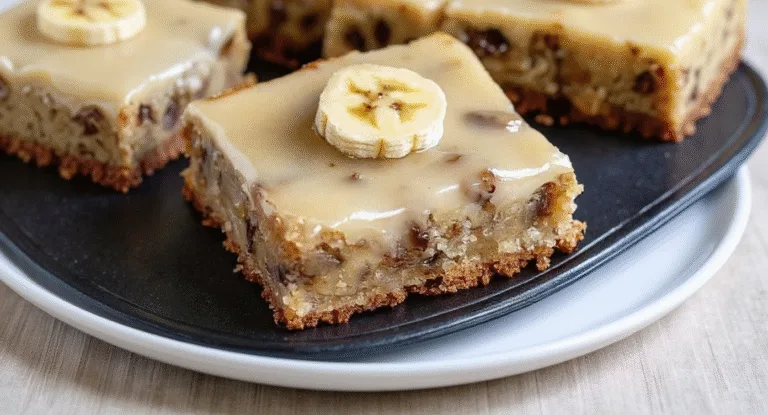
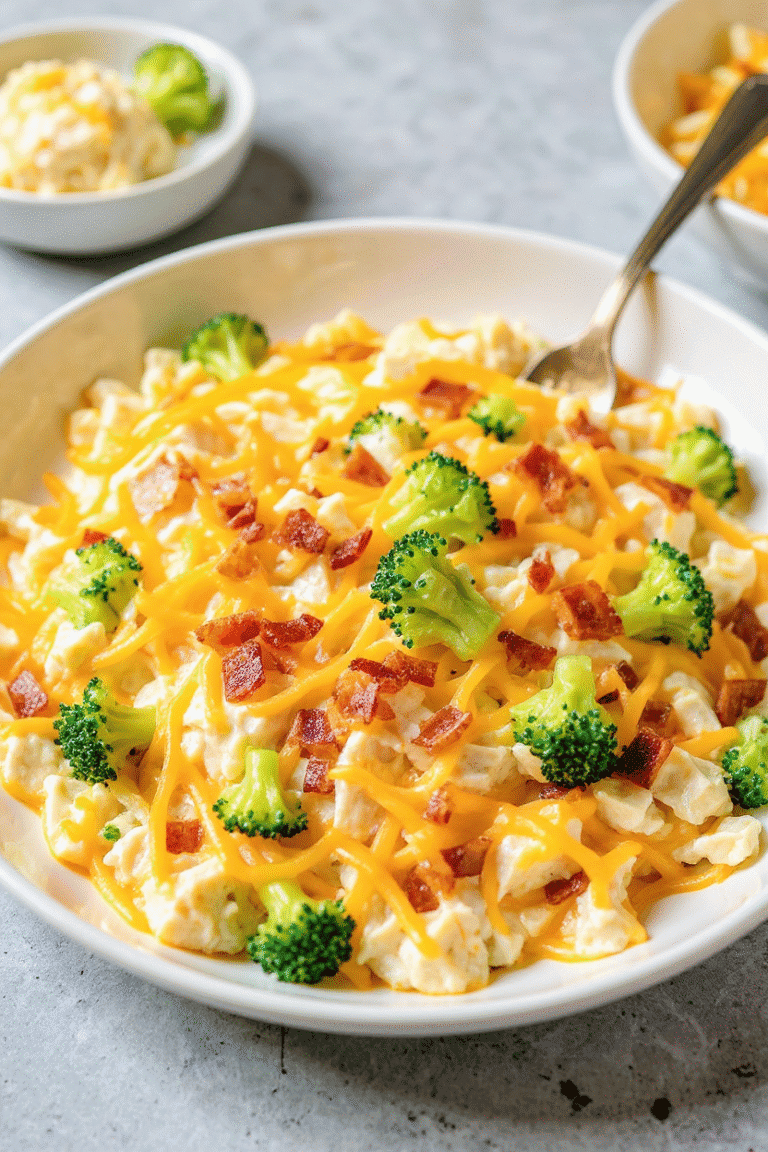
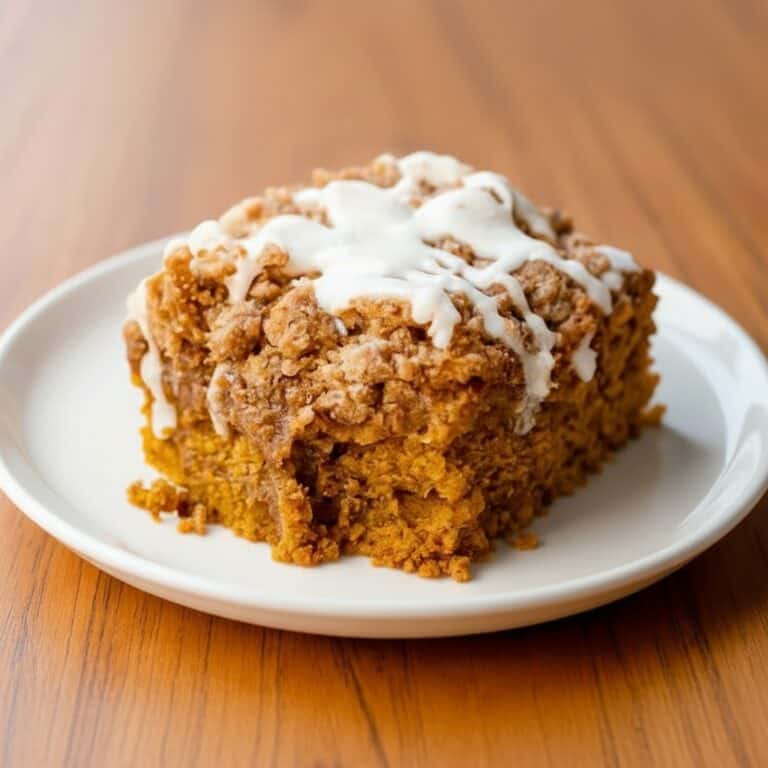
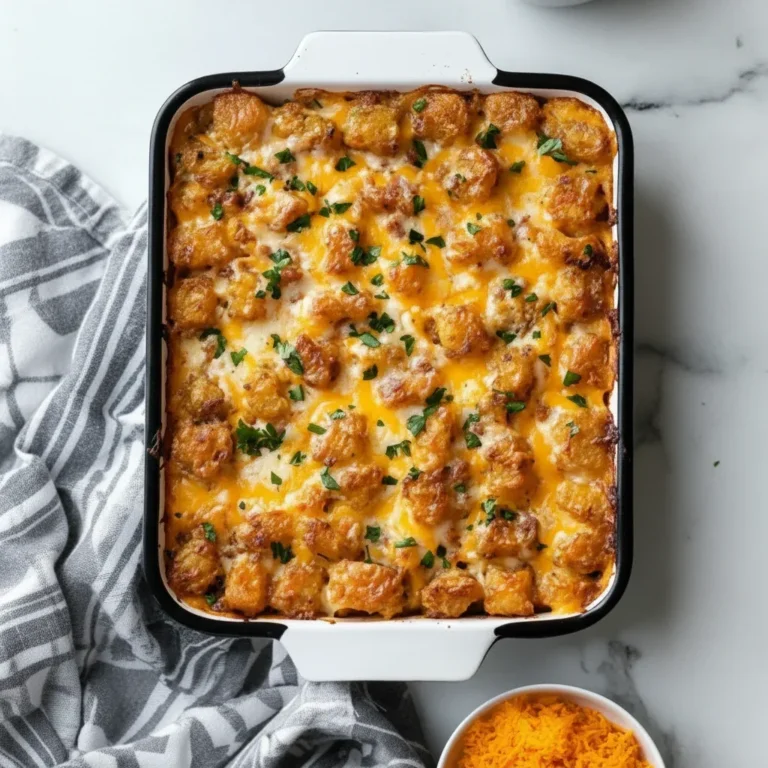

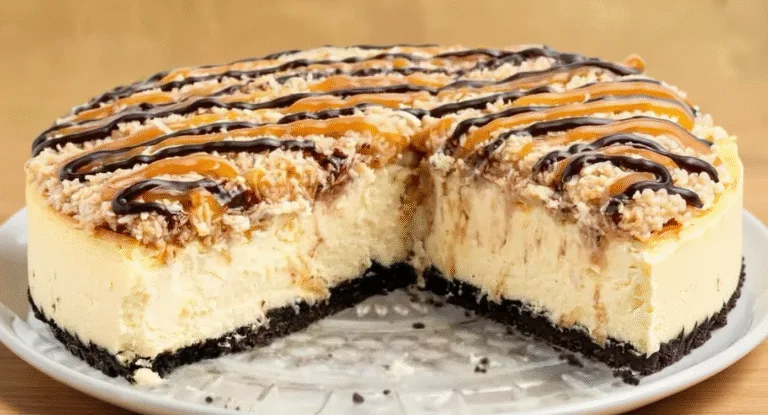
One Comment
Comments are closed.